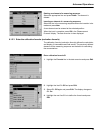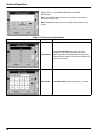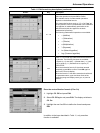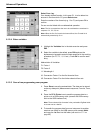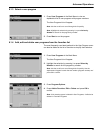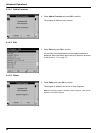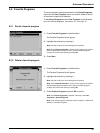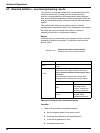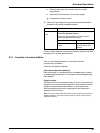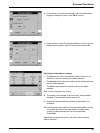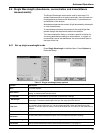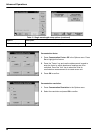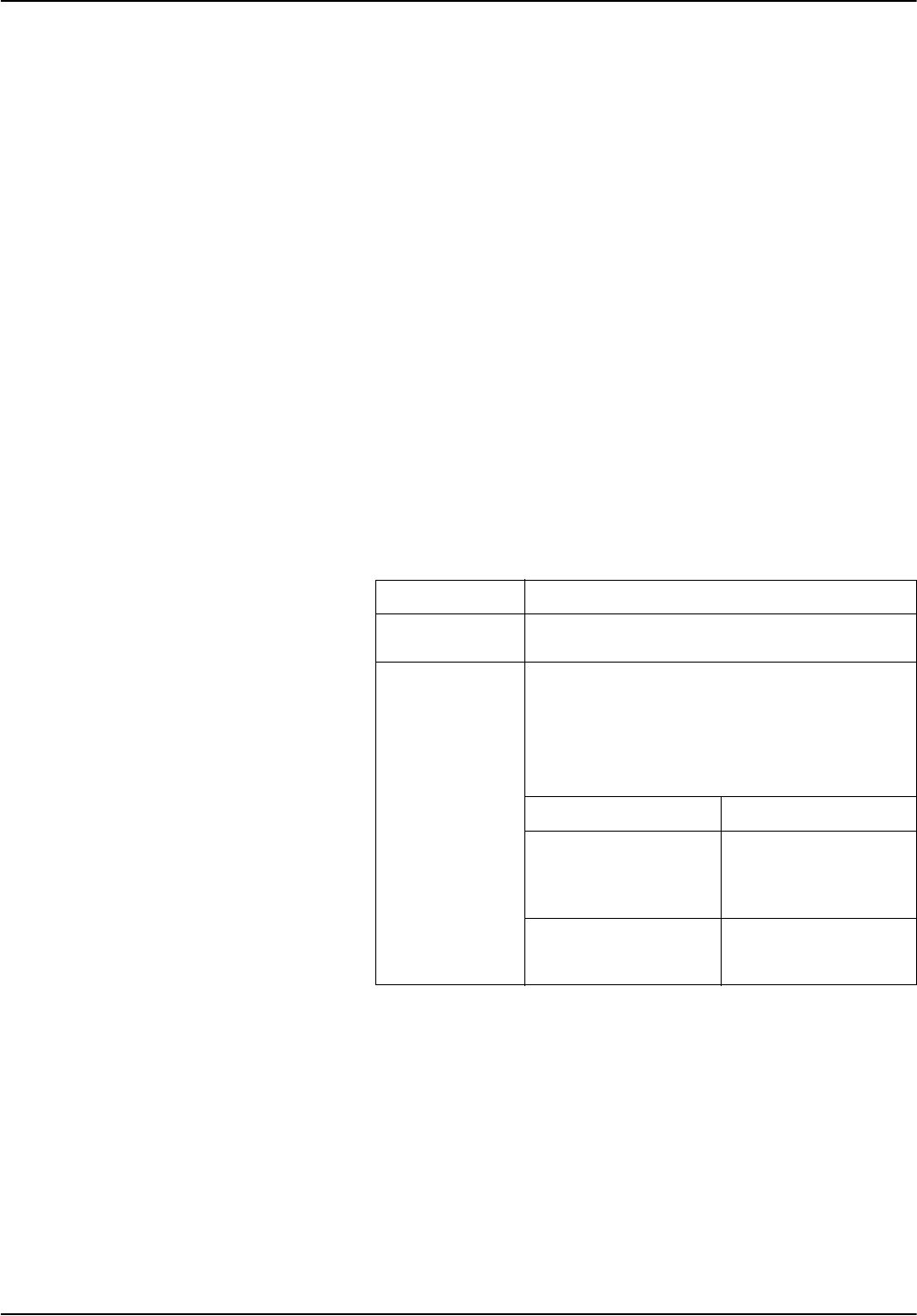
82
Advanced Operations
6.3 Standard Addition – monitoring/checking results
The accuracy of measured values (their correspondence with the
actual concentration of the analyte in the sample) and their
precision (correspondence of the measurement results obtained
from several samples containing the same concentration of the test
analyte) can be determined or improved using the standard addition
method.
This method (also referred to as spiking) serves to identify
sample-specific interference factors, e.g. substances in the sample
that falsify the analysis (sample matrix effect), a defective
measuring instrument or contaminated reagents.
Method:
A defined amount (concentration) of a standard solution of the test
substance is added to the sample. The detection rate should be
close to 100%.
Measures to identify other interference factors:
Checklist:
1. Check if the procedure is completed correctly:
a. Are the reagents added in the correct order?
b. Is enough time allowed for color development?
c. Is the correct glassware in use?
d. Is the glassware clean?
Detection rate Conclusion
100%
Probability that the measurement results are correct
is high.
< 100%
Assumption: The analysis was falsified by
substances in the sample (sample matrix effect)
Test to determine whether a sample matrix effect
is present:
Use distilled water instead of the sample. Add
standard solution as described in the procedure.
Detection rate Conclusion
100%
Ions in the sample are
interfering with the
analysis, causing false
results to be obtained.
≠ 100%
No interfering ions -
consider other
interference factors
.
Detection rate
Measured value after a standard addition
Expected value after a standard addition
------------------------------------------------------------------------------------------------------------ -
=




